Artika Carter 60-Watt 8-Light Black and Gold Modern Cage Pendant Chandelier Light Fixture for Dining Room or Kitchen Island
Modern chandelier for a dining room, kitchen island or foyer. Includes (8) ST58 E26 incandescent light bulbs. Features a black and gold finish and adjustable hanging length.
Give yourself the best of both worlds with Artika’s Carter 8 light geometric industrial chandelier. The intelligent conception of this chandelier combines a minimalistic and industrial design with a glamorous and classic appeal. This large rectangular industrial chandelier features aesthetic angles and skillfully pairs with various contemporary interiors. The Carter industrial chandelier also allows you to deftly integrate the black matte finish and the brass accents of its steel frame with its incandescent lights. This exceptional lighting fixture can adapt to any atmosphere. Treat yourself to this versatile model and see how quickly it becomes a centerpiece within your home.
- Bulbs included
- E26 bulbs
- Dimmable
- Adjustable
- Brass finish
- Industrial design
- Easy installation
Additional information
| Chain Length (in.) | 48 |
|---|---|
| Fixture Depth (in.) | 13.98 |
| Fixture Height (in.) | 65.75 |
| Fixture Weight (lb.) | 6.21 |
| Fixture Width (in.) | 34.84 |
| Maximum Hanging Length (in.) | 64 |
| Mounting Deck Height (in.) | 4.5 |
| Mounting Deck Width (in.) | 8 |
| Certifications and Listings | CSA Listed |
| Manufacturer Warranty | 1 year |

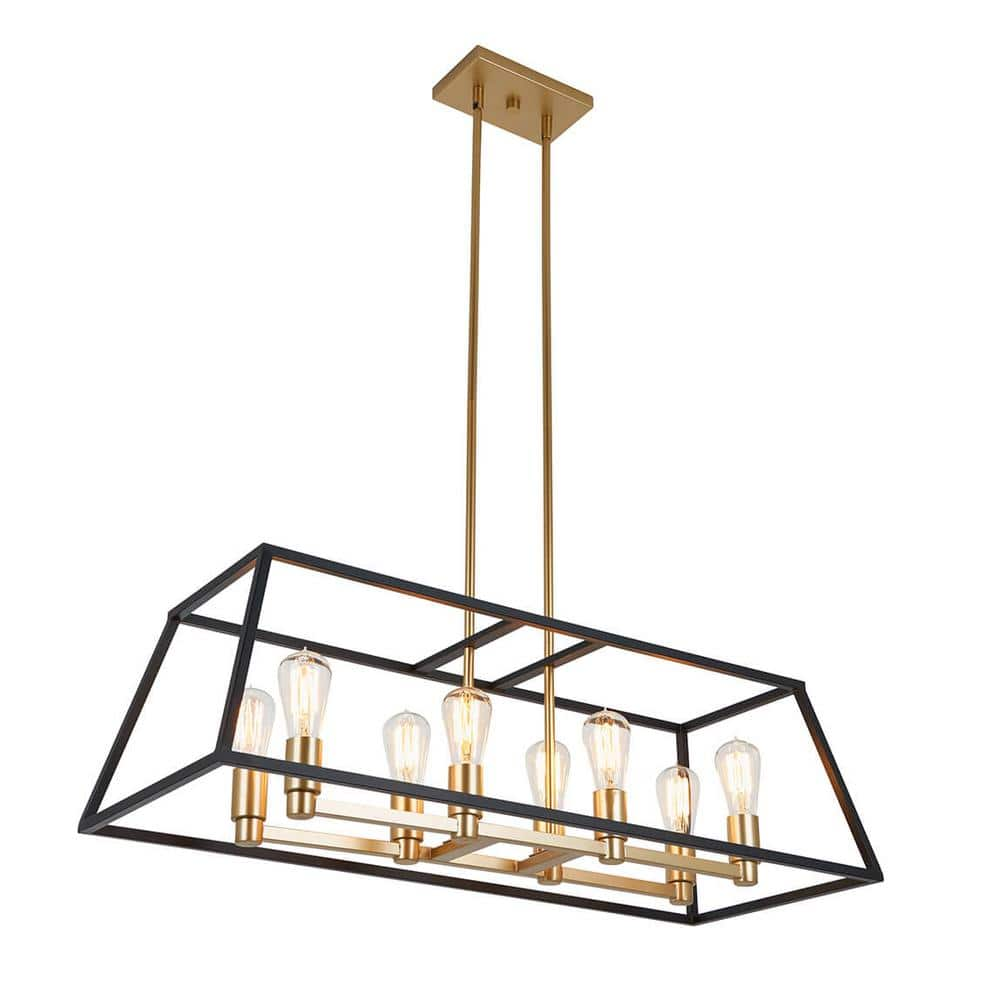
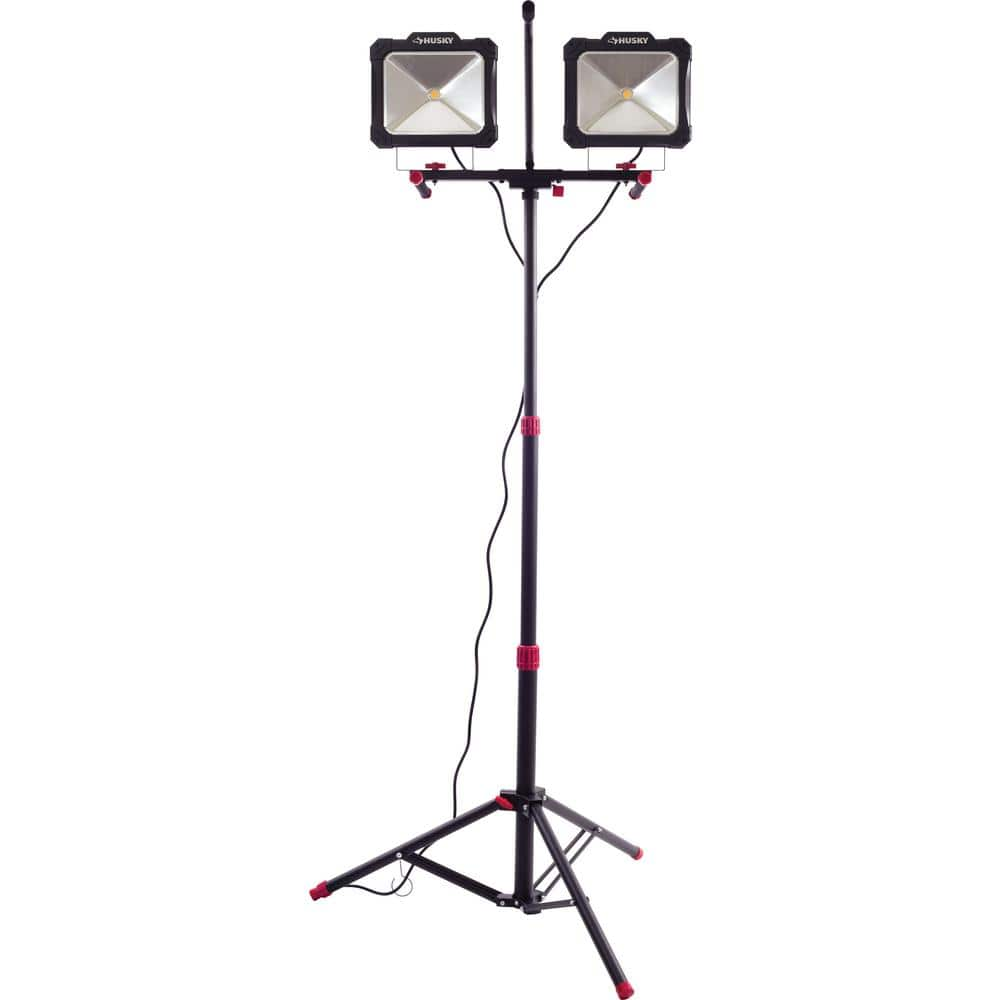
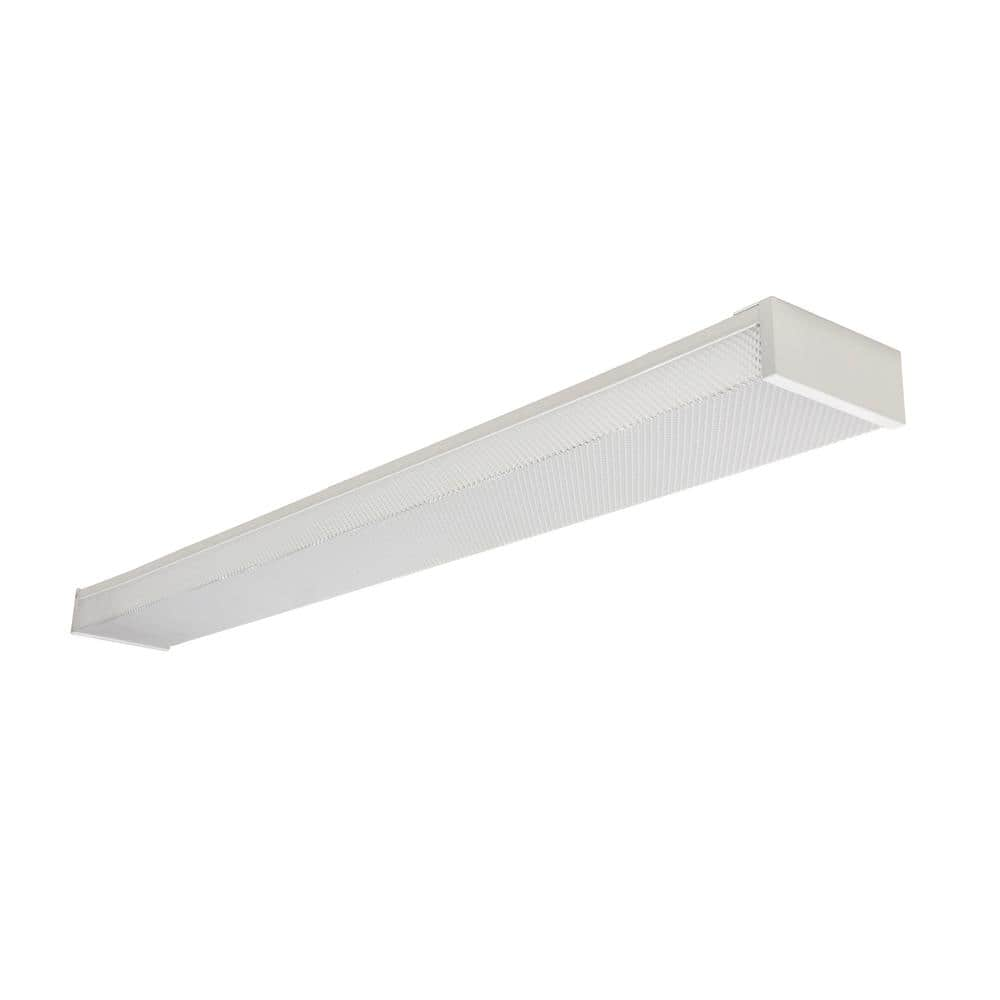
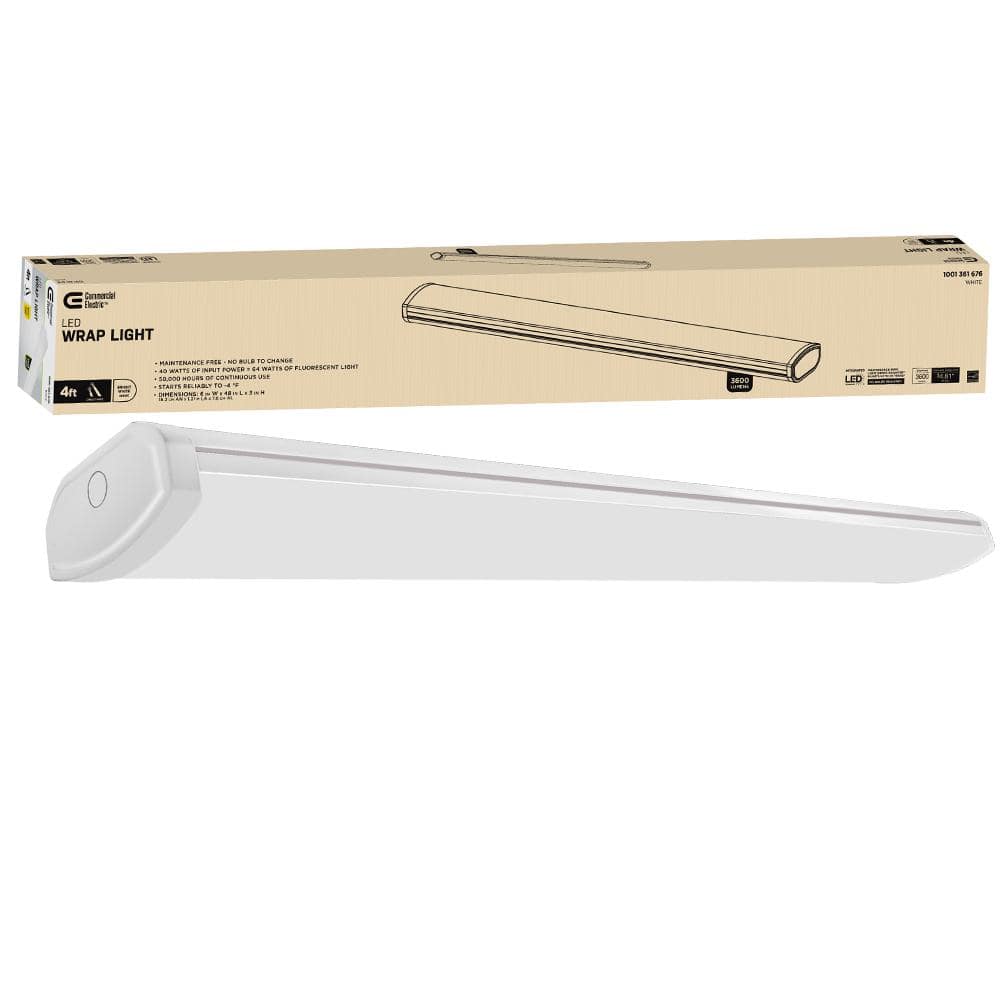
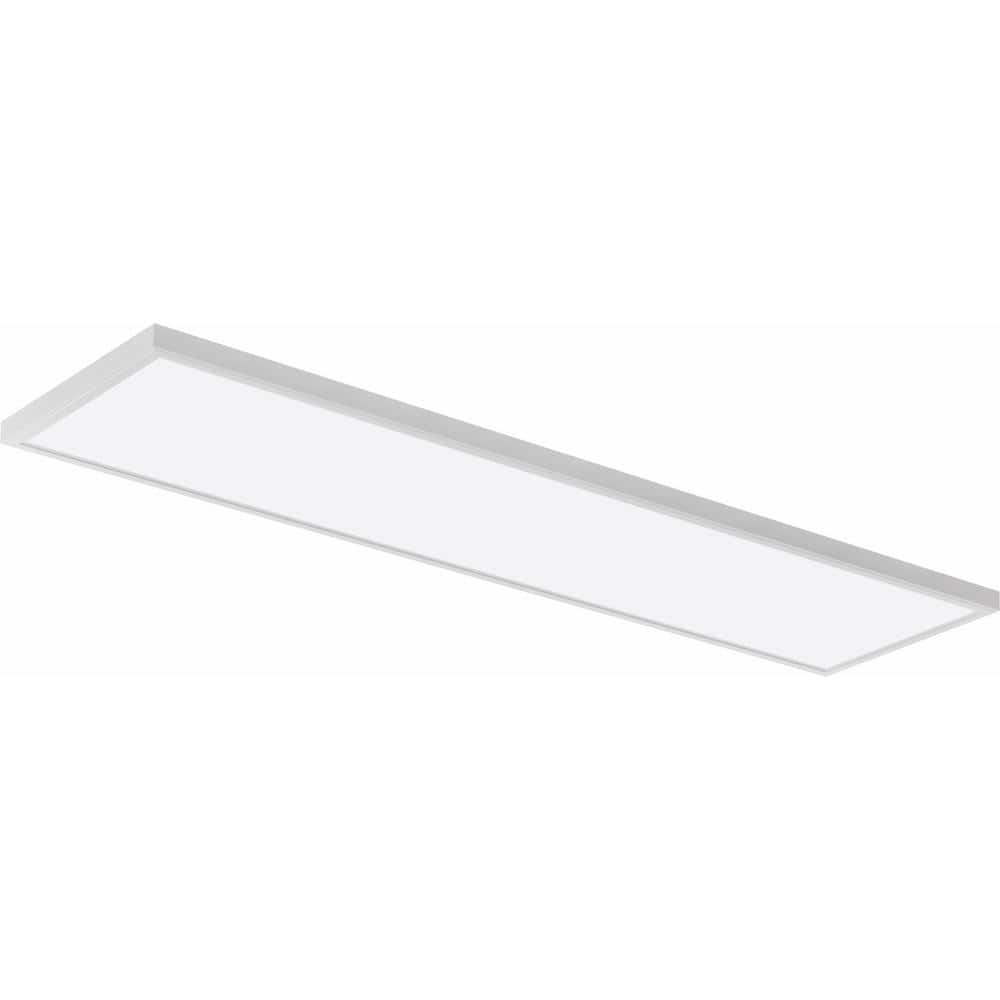
by Janet
This is the perfect chandelier for my kitchen island , is elegant, glamorous love the black and gold combination.
by Ariel
I like this, but I returned it. I wondered if it was too big for our area.